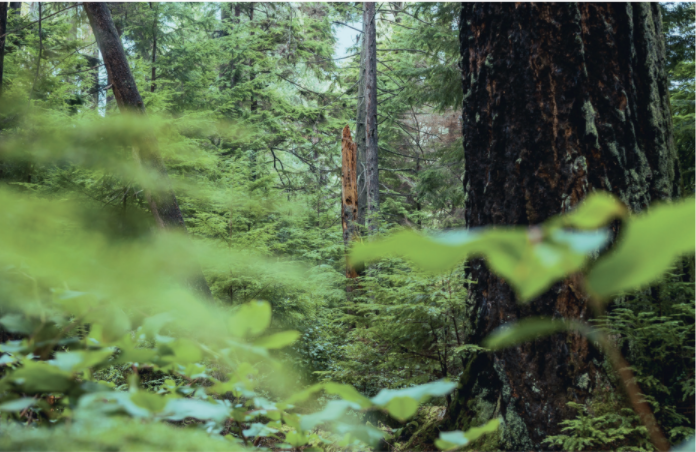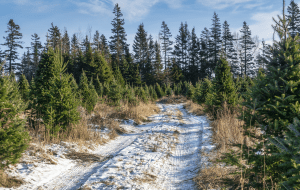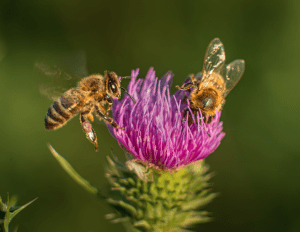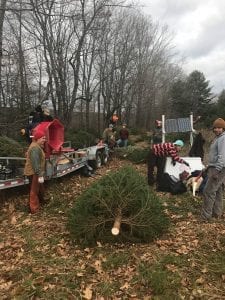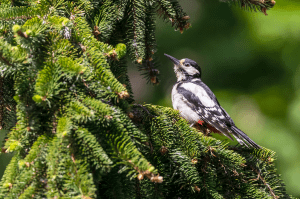As growers we all have invested in seedlings to help replace the numbers of trees that we send to market each year.
It is difficult to accept losses through mortality of the very product we expected to add to our inventory. My own personal experience with seedlings using the best practices I can, is that if the seedlings are not planted early and the summer is dry, death through the seedlings roots not being able to access moisture increases.
What can we do to boost seedling root growth and over all health of the seedling to support it for its most critical first year in the field?
No more green house, no more climate control and no more timed nutrient mist.
The adjustment the seedling must make in the first few months is life or death and it all starts with what is happening under ground. My brother and I were asked by the Smart Tree Coop to establish a criteria for the Smart Tree Seedlings that would be a standard for their release to the growers. In researching this request we had to talk with nursery specialists though out the province.
One of these people asked if I was using a plant food fertilizer high in phosphorous…
There are many formulations, I found one which included coniferous seedlings 10-52-10 .We have 10 lbs per 100 lbs as nitrogen, 52 lbs per 100 lbs as phosphorous and 10 lbs per 100 lbs. as potassium, Nitrogen, Phosphorous and Potassium also known as N-P-K and the regions of the plant each are responsible for is N for UP, P for Down and K for All Around.
Further advice was to dip or soak the roots of the fir seedlings in a mixture of the fertilizer minutes before planting. It is a small step requiring little time, having mixed liquid fertilizer and a 10 litre pail, dropping the seedlings in and walking to the site, plant as usual. So phosphorous will enhance root growth.
Our seedlings were planted for the season so in order to test this information about mid June I received a container of 45’s , treated half, and marked the other half. Followed this process by planting both groups in my garden. Each received nothing further but the occasional watering, only when necessary and weeding. On Sept 27th the day before the LCCTPA Fall Field Event I dug each group and later they were part of the agenda on the afternoon‘s tour.
The phosphorous treated seedlings had larger roots, better colour, larger caliper diameter and larger top buds.
I think the members taking part in the program were impressed with the difference between the two groups. Going forward I will be changing my planting procedure to include a liquid dip in.

